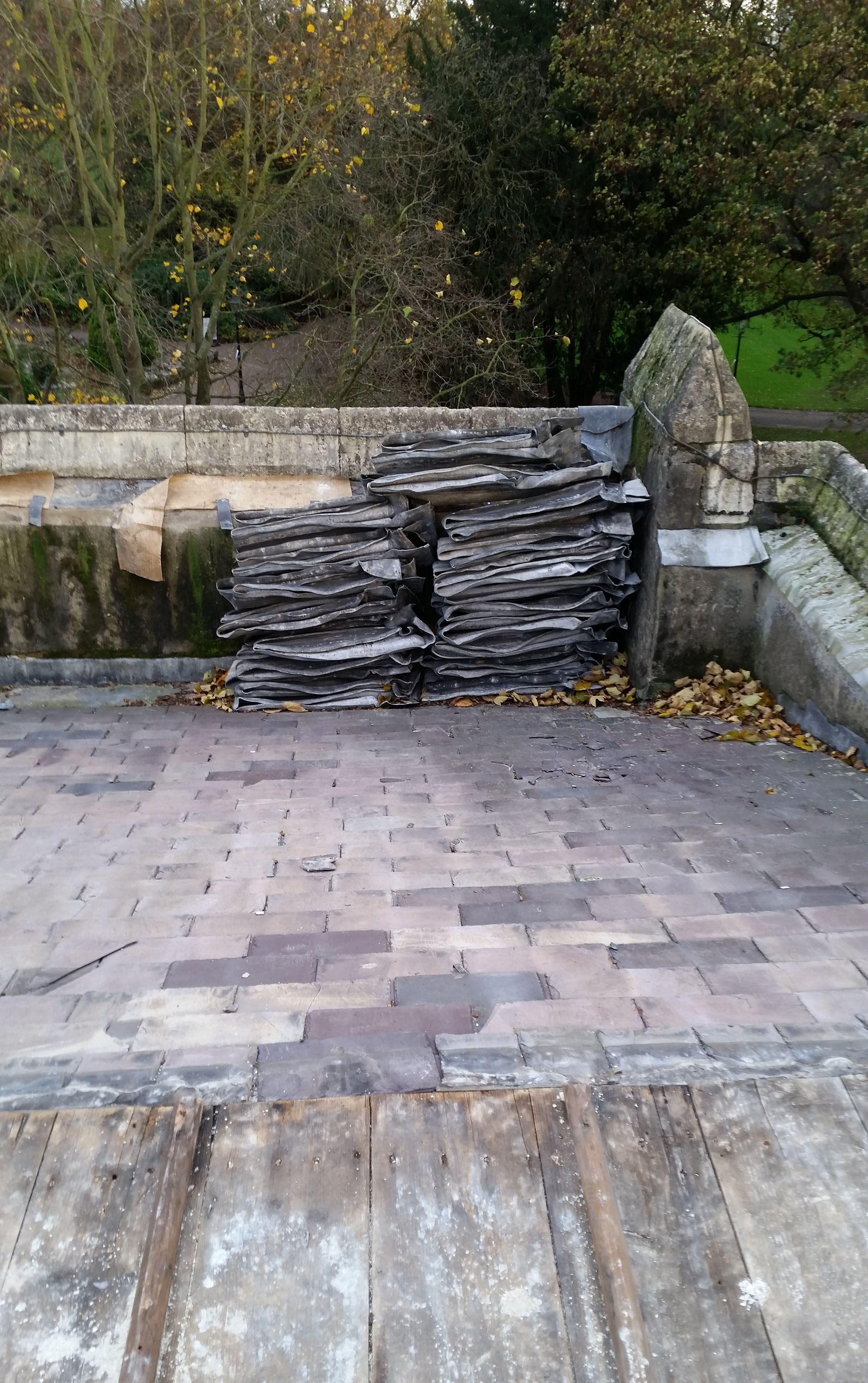Policing Our Past
By Chris Woodward, Partnership Manager for Leicestershire Police with Lord Willy Bach, Leicestershire Police and Crime Commissioner
Leicestershire has endeavoured to respond positively to concerns expressed by rural communities, in particular to issues raised within National Rural Crime Survey reports of 2015 and 2017.
As police resources become more and more 'sucked into' our urban conurbations, it's not surprising that our rural communities appear to have low expectations of our policing response. The reports found a chronic under reporting, anger, frustration and worry, resulting in an increasing fear of crime and significantly lower satisfaction levels in the police.
In Leicestershire and Rutland, there are over three hundred medieval churches at potential risk from metal thieves. Such was the prevalence of church lead thefts during a 12-month period covering 2015 and 2016 that the then Bishop of Leicester made a direct approach to the Leicestershire Police Chief Constable expressing concern about the impact on the church and the communities it serves.
An earlier event staged at St Mary's Parish Church Melton had attracted a substantial audience and media interest. It hadn't been enough though. A meeting of like-minded individuals was needed. On 9 September 2016, what was originally intended to be a round table meeting at Leicestershire Police HQ developed into a 'Heritage/Church Metal Seminar' attracting over 80 people representing churches, Historic England, industrialists, scientists, academics, archaeologists, Government Office and police.
Hailed a complete success, this was the 'kick-start' required to develop a National Strategic Action Plan for the Theft of Heritage Metal led by Historic England and the National Police Lead for Metal Theft and Heritage and Cultural Property Crime.
CW: How can we build upon the recent successes in tackling metal theft from protected heritage sites and buildings?
Lord Bach: Leicestershire Police took away two specific actions. One of these was to build on its existing Rural Watch initiative; in particular, to explore the opportunity to attract suitably experienced qualified or interested individuals into becoming 'Heritage Watch Police Support Volunteers', a second level of policing response.
Interest was immediate and Leicestershire now boasts a pool of six trained volunteers. They're able not only to respond to concerns of the church, but also to the immediate community who feel equally violated by the criminality suffered by the church. We have even gained accreditation from Historic England in recognition of the training given.
CW: How can we work with communities to reduce the theft of metal from historic sites and buildings?
Lord Bach: Our volunteers have been involved in a rolling action plan encompassing a number of themes to both respond, offer support and educate local communities living within the shadow of our churches. This work has and continues to be carried out in consultation with the Leicester and Peterborough Dioceses. Bi-monthly meetings also involve representation from Warwickshire Police, a neighbouring force who are able, along with the dioceses, to be 'critical friends'.
An interactive risk assessment document designed for use by church wardens has been developed by two of our volunteers together with a form suitable for completion manually. These have effectively been 'road tested' by a select group of church wardens and refined as suggested. A personal letter of introduction to our volunteers has been produced and is now at the time of this report in the hands of the Leicester and Peterborough Dioceses.
CW: What research and innovation is required to prevent and investigate the theft of heritage metal?
Lord Bach: In an endeavour to prevent further incidents here in Leicestershire, we are using baseline information identifying churches subjected to 'church metal' theft over the last 18 months. The intention is to overlay this with Historic England church locality mapping information; ultimately to develop a 'heat map' to give direction to volunteers to target those sites identified as vulnerable.
Added to this will be all information collected from the new church risk assessments. For the latter, an excel spreadsheet has been developed giving at-a-glance high to low levels of risk of criminality.
Share and comment
Responses to this article can be emailed to Sarah Tunnicliffe. You can also share this article on social media using the sharing icons.





